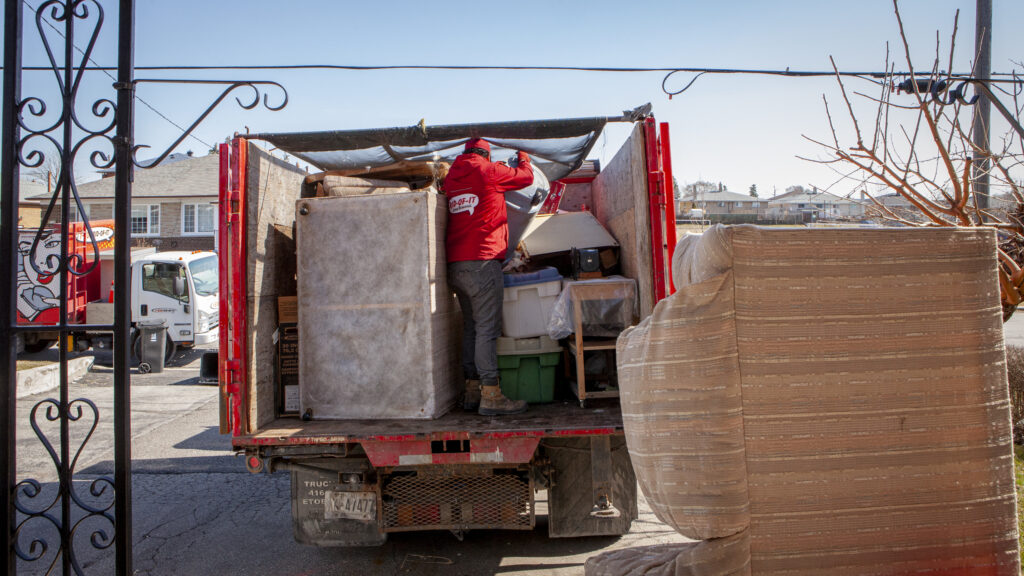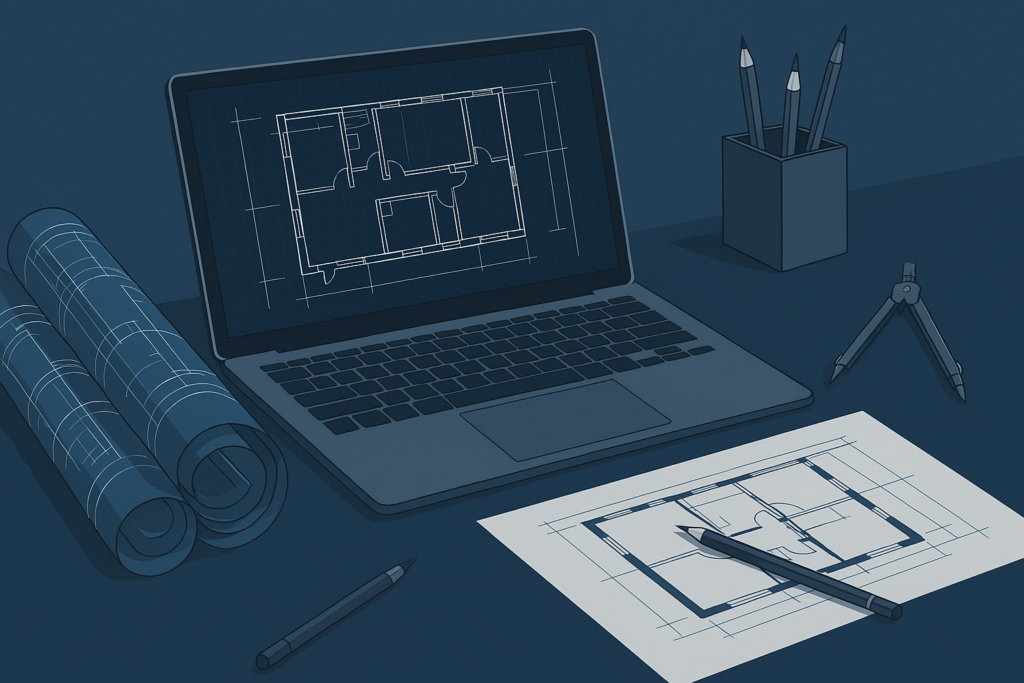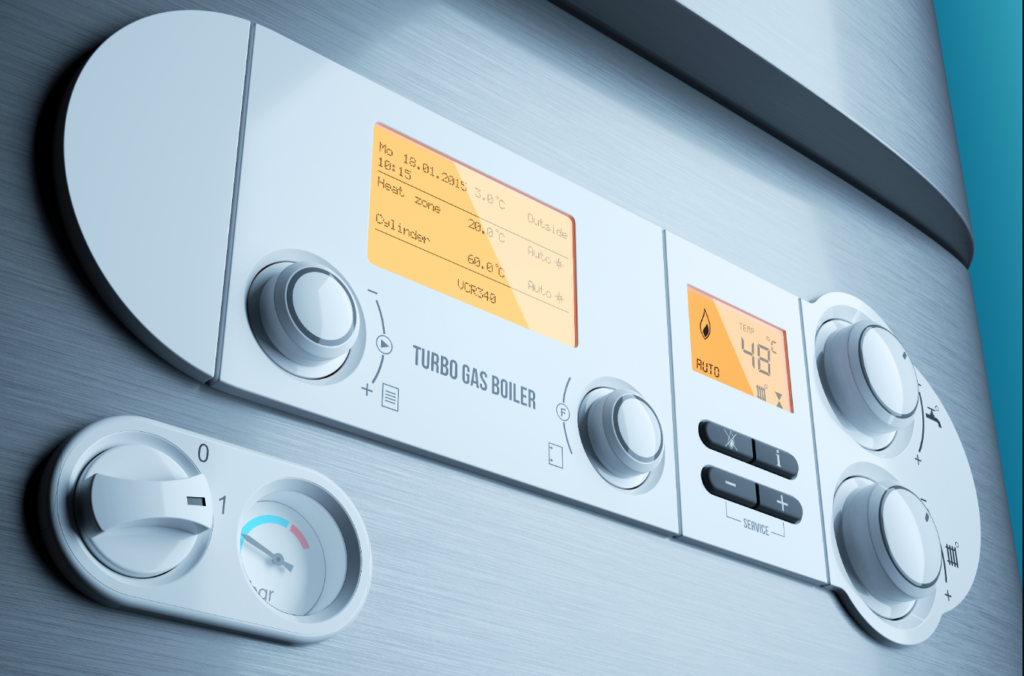Construction projects don’t just build—they break down too. With every renovation, upgrade, or light demolition, debris starts piling up. If not managed properly, this waste can lead to safety risks, site clutter, and unnecessary delays.
Whether you’re overseeing a basement remodel, kitchen reno, or minor commercial upgrade, construction waste disposal should be built into your project timeline. Reliable removal services ensure materials don’t sit on-site longer than they should, helping crews stay focused on the work—not the mess.
When to Plan Construction Waste Disposal During a Project
The best time to think about construction waste removal isn’t after the project wraps—it’s before the first swing of a hammer. Planning prevents unnecessary buildup, makes for easier staging, and helps keep pathways safe and clear.
Consider scheduling multiple pickups if your job will generate different types of debris over time. For instance, early phases might involve drywall and wood framing, while finishing work may leave behind packaging, flooring scraps, and insulation. Each phase can create different removal needs.
Booking waste disposal in stages also helps avoid overfilling dumpsters or dealing with last-minute hauling headaches. It keeps the process clean, organized, and compliant with site regulations.
What Types of Debris Can Be Picked Up
Not all construction debris is equal—but most light to moderate materials can be removed without issue. Common items suitable for construction debris removal include:
- Wood scraps and framing material
- Drywall pieces and sheetrock
- Insulation (bagged)
- Broken tiles, laminate, and flooring offcuts
- Cardboard, packaging, and plastic wrap
- Cabinets, doors, trim, and hardware
- Safe renovation leftovers
These materials can usually be hauled from anywhere on-site, whether they’re stacked in a garage, piled on a driveway, or left curbside after demolition.
For safety and efficiency, harmful materials like asbestos, chemicals, or heavy concrete chunks are not included in standard removal services. Keep disposal within the service scope to avoid delays or extra fees.
How Construction Waste Removal Helps Contractors and Property Managers
For busy contractors and property managers, time matters. Every hour spent dealing with trash is time not spent on what moves the project forward. That’s where professional construction waste removal steps in.
By offloading cleanup responsibilities, contractors can reduce labour costs and avoid injury risks related to lifting, loading, or hauling. Crews stay focused on skilled work while removal teams handle the mess.
Property managers also benefit by maintaining safer and tidier spaces during ongoing work. Whether the renovation is happening in a rental unit, condo building, or commercial site, staying on top of waste keeps neighbours happy and prevents complaints.
Construction Waste Removal in Toronto: Timing, Access, Volume Tips
In a fast-paced city like Toronto, waste pickup needs to be strategic. Here are a few tips to ensure your debris removal goes smoothly:
- Plan for tight spaces: If your site is in a downtown area or multi-unit property, schedule pickup during low-traffic hours.
- Sort and stage debris: Group similar materials (e.g., drywall, wood, cardboard) to speed up loading.
- Clear access paths: Ensure waste is easily accessible from a driveway, garage, or side yard.
- Book early: Peak construction seasons (spring and fall) fill up quickly. Lock in your spot in advance.
With the proper coordination, removal can take as little as one visit or be staged over multiple days, depending on your build cycle and volume.
Keeping Job Sites Clear with Reliable Debris Disposal
A clear site is a productive site. Whether you’re running a contractor crew or managing a property under renovation, timely construction junk removal keeps your space organized and on schedule. From drywall to wood scraps, Toronto’s removal services help handle the load without hassle.
When you’re ready to move forward, book debris removal from 1-800-RID-OF-IT—so your project can stay focused on the build, not the cleanup.



